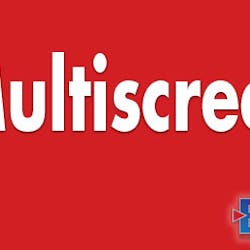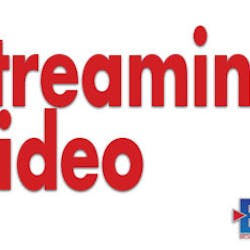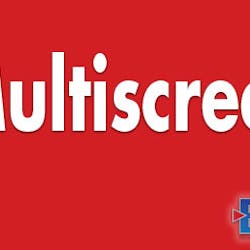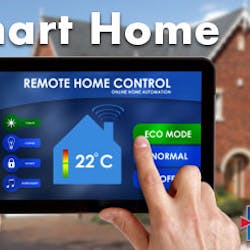With the number of cord-cutters reportedly tripling in the past five years, and new technologies like fixed wireless 5G making home Internet more competitive, cable companies risk losing their allure unless they embrace convergence. Specifically, the convergence and interaction of traditional TV and over-the-top (OTT) video is now a mainstay in the industry, but has by no means reached its full potential, especially in the United States. Both platforms bring their own advantages; traditional TV - such as cable and broadcast - continues to have strong branding and a solid local base, while OTT breaks boundaries by enabling service provision across regions and permitting interactivity and personalization.
Via connected TVs, set-top boxes and multiscreen devices, it is possible to personalize interactive content by integrating and analyzing audience data collected from multiple connected devices. Viewers are therefore able to enjoy a truly multichannel experience while continuing to produce and provide more data on their tastes and preferences that in turn contributes to further refining the cable company's understanding of its audience profile.
Hybrid services become even more powerful when combined with audience segmentation and user experience (UX) personalization, creating a landscape of demand/data-driven content and service provisioning. From interactive advertising to content personalization, hybrid services can viably enable new business strategies for distributors, opening potential revenue models and to new audiences with their specific viewing preferences.
Specifically, this increased interactivity is key to enabling powerful new advertising paradigms such as personalized TV with interactive ads. For example, when a viewer sees a product they are interested in, they can choose at the click of a remote button to move to a micro-site populated with videos and reviews or even the contact details of the nearest supplier. As viewers remain on the TV screen, they are not directed out of the branded experience and true one-to-one targeted advertising can be achieved rather than traditional one-to-many.
Another example of how distributors can combine the power of traditional TV with online communication is real-time contextual content. When applied to TV news channels, for example, hybrid services can enable viewers to navigate to news-orientated micro-websites via the breaking news ribbon displayed at the bottom of their screen. These sites run on the TV screen and are populated with automatic real-time feeds from the distributor's news portals or apps. Once the TV channel has produced video content on the breaking news story, the viewer is then led back to the original channel or to news-specific channels, without leaving the distributor's branded environment.
But hybrid services are also useful to promote related, premium or library content available. Using specific algorithms, the consumer can be shown different content in different ways or even at different times; for example, exposing deep library content or long-tail non-monetized titles just as a show is ending to promote the next episode. Interactivity can also be deployed through simple games or contests, which also contribute to increasing loyalty.
In this evolving media environment, it is critical that cable providers stay ahead of the curve and be informed and ready to leverage the opportunities that traditional TV and broadband convergence can bring. Choosing expert partners that can help navigate the complex technology scenario is key to remaining competitive.
Oliver Botti is the head of International Business Development and Innovation at Fincons Group. Greg Jarvis is executive vice president and general manager at Fincons US.





